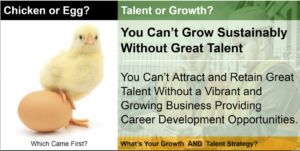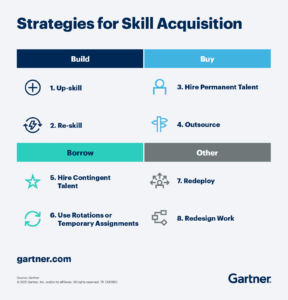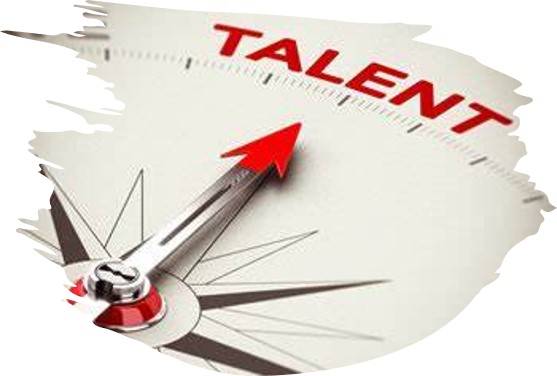
Talent acquisition and Talent Development are two crucial aspects of talent management that can help organizations achieve their objectives by ensuring they have the right talent in the right roles. While they differ in their focus, these two processes can be interrelated and work together to achieve organizational goals. Talent acquisition is the process of identifying and recruiting new employees with suitable skills, experience, and qualifications for a particular role or organization. The goal of talent acquisition is to ensure that the organization has a pool of qualified candidates to select from when filling job vacancies.
Talent acquisition involves several activities, such as job postings, resume screening, interviewing, and background checks, to identify candidates who are the best fit for the job. On the other hand, talent development is focused on nurturing and enhancing the abilities, knowledge, and potential of current employees to optimize their performance and prepare them for future roles. This can involve training programs, coaching, mentoring, job rotation, and other development activities to help employees gain new skills, broaden their knowledge base, and advance their careers within the organization.
Despite their differences in focus, talent acquisition and talent development are meant to work together to achieve mutual benefits. An effective talent acquisition strategy can help an organization identify candidates with the right skills, experience, and potential to succeed in the job and grow with the company. Once these employees are hired, talent development programs can be used to enhance their skills, knowledge, and potential and prepare them for future roles within the organization. Talent development initiatives can help improve an organization’s talent acquisition approach by creating a more attractive employer brand and fostering employee retention. Employees who feel that their professional growth is supported are more likely to stay with the company, reducing the need for constant recruitment and turnover. Additionally, a well-designed talent development program can help identify high-potential employees who can be groomed for leadership roles, reducing the need to recruit externally for critical positions.
To integrate talent acquisition and talent development into a comprehensive talent management strategy, organizations need to take a holistic approach that considers the long-term needs of the business. This involves identifying the skills and competencies required for success in current and future roles, designing job descriptions and recruitment processes that align with these needs, and developing talent development programs that support employees’ growth and development.
The first step in developing a comprehensive talent management strategy is to conduct a skills gap analysis to identify the skills and competencies required for success in current and future roles. This involves assessing the skills and knowledge of current employees and comparing them to the skills and competencies required for success in their current roles and potential future roles. The results of this analysis can help identify areas where employees need additional training and development, as well as areas where new talent may need to be recruited. Once the skills gap analysis is complete, organizations can design job descriptions and recruitment processes that align with their talent needs. This involves identifying the skills and experience required for each job and developing selection criteria that will help identify candidates who meet these requirements. Recruitment processes should be designed to attract a diverse pool of candidates and provide a positive candidate experience to help build the organization’s employer brand. To support the development of current employees, organizations can design talent development programs that align with their skills gap analysis and talent needs. These programs can include a range of development activities, such as coaching, mentoring, job rotation, on-the-job training, and formal training courses. These activities should be designed to help employees develop the skills and competencies required for their current and potential future roles. An effective talent management strategy should also include performance management processes that help employees understand their goals and expectations, receive regular feedback on their performance, and receive recognition for their achievements. This can help motivate employees and create a culture of continuous improvement and learning.
In conclusion, talent acquisition and talent development are both critical components of talent management that can help organizations achieve their goals. While they have different focuses, they can work together in a comprehensive talent management strategy to ensure that the right talent is in the right roles, with a focus on identifying skill gaps, designing effective recruitment processes, and creating talent development programs. By taking a holistic approach, organizations can create a culture of continuous learning and improvement that supports employee growth and development, fosters retention, and ultimately contributes to the organization’s success.






